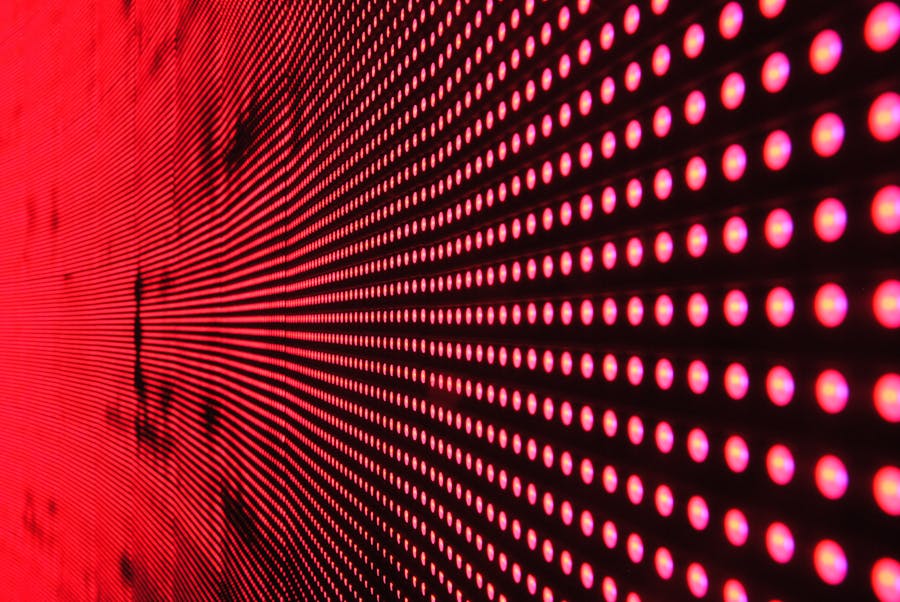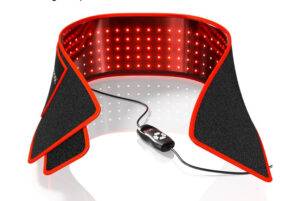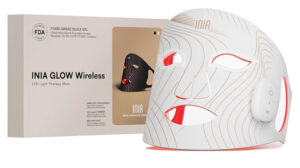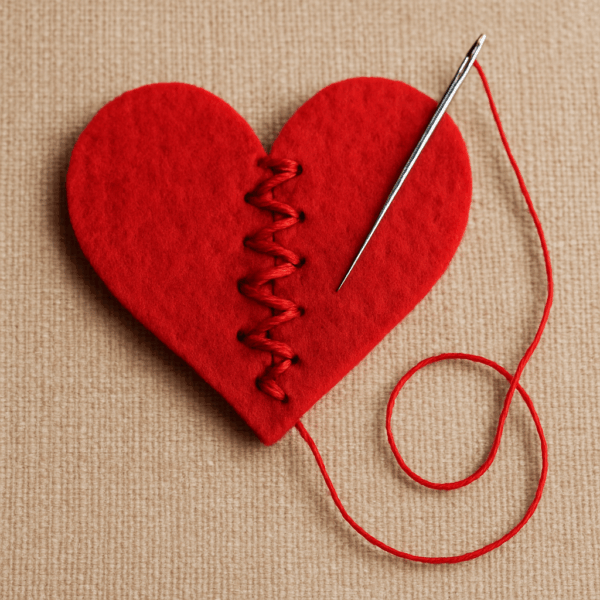
Growing up in Staten Island in the late 90’s early 2000s I was going to the tanning salon more religiously than I was attending Sunday mass. That orange skin tone was a badge of honor back then. I thought the ultimate glow-up came from a tanning bed—and trust me, I logged enough hours under those UV bulbs to qualify for frequent flyer miles. But fast forward two decades, and surprise! My skin is now sending me invoices for all that damage in the form of premature aging. While my younger self thought she was prepping for a career as a bronzed goddess, current me is just trying to treat the wrinkles and fine lines without dropping Botox-level cash or going full Real Housewives with a facelift.
In today’s world of wellness and holistic healing, there is a buzzword that keeps shining brighter: Red Light Therapy (RLT). Red light therapy is my budget-friendly, sci-fi-looking, LED-lit miracle that allows me to treat my skin without maxing out my credit card or freezing my facial expressions. It isn’t just a glow up for your skin though–it’s a deep healer, working beneath the body’s surface too.
What exactly is red light therapy—and does it actually work? Let’s dive in.
What Is Red Light Therapy?
Red Light Therapy is a non-invasive treatment that uses low-level wavelengths of red and near-infrared light to penetrate the skin and stimulate cellular energy. This light typically falls in the 600–850 nanometer range, which is known to reach deep into tissues without causing any damage or heat. It has the longest wavelength and can reach all the way down to the deepest layer of the skin, called the hypodermis. Skin cells take in the LED light and turn it into usable energy, which the body’s cells can absorb. This boost of energy activates the skin cells, helping them renew and repair themselves, resulting in a plethora of bodily benefits.
Unlike UV rays (like the ones in those tanning beds) that can harm the skin, red and near-infrared light supports healing and regeneration on a cellular level. It has actually been studied and used for decades—initially by NASA to grow plants in space and later to support wound healing in astronauts.
Today, it’s become a popular tool in skin care clinics, physical therapy centers, gyms, and even home wellness setups.
The Benefits of Red Light Therapy
1. Skin Rejuvenation
RLT triggers collagen production, which helps reduce fine lines, wrinkles, and stretch marks. Collagen helps improve skin elasticity and can reduce signs of skin aging It is also known to improve skin tone, reduce redness, and speed up healing from acne or other blemishes.

2. Reduced Inflammation
One of the biggest superpowers of red light is its ability to calm inflammation. Whether you are dealing with arthritis, chronic joint pain, or post-workout soreness, RLT helps reduce swelling and discomfort naturally.
3. Muscle Recovery and Performance
Athletes use red light therapy to shorten recovery time and enhance performance. It promotes circulation and reduces oxidative stress, allowing the body to bounce back faster after intense workouts.

4. Improved Mood and Sleep
Red light helps regulate your circadian rhythm by stimulating melatonin production—your natural sleep hormone. Unlike blue light, which keeps you alert, red light can actually help you wind down, sleep deeper, and wake more refreshed.
5. Hair Growth Support
Some studies have shown promising results for using red light to stimulate hair follicles and encourage growth, especially in cases of androgenetic alopecia (pattern hair loss).
6. Wound Healing and Scar Reduction
Red light can accelerate tissue repair and reduce scar formation. It is often used post-surgery or after skin treatments to help the skin heal faster and more smoothly.
How to Use Red Light Therapy
You can experience RLT through professional-grade machines at wellness centers or bring the glow home with portable red light belts, panels, and masks. Professional-grade devices are usually more powerful than at-home products, but there are still affordable at-home options that work well.

Consistency is key: most users get the best results with daily or regular sessions of 10–20 minutes. People who have added this to their daily routine have started seeing noticeable results after about eight weeks.
It’s safe, painless, and has minimal to no side effects for most people—but it’s always smart to check with a healthcare provider before starting, especially if you have a medical condition or are on photosensitive medications.
Red light therapy is more than just a trend—it’s a science-backed tool that can support your skin, body, and mind from the inside out. Whether you are looking to reduce pain, glow up your skin, or simply add a peaceful ritual to your wellness routine, RLT might just be your next favorite discovery.
Have you tried red light therapy? Share your experience or questions in the comments below—I’d love to hear your thoughts!


